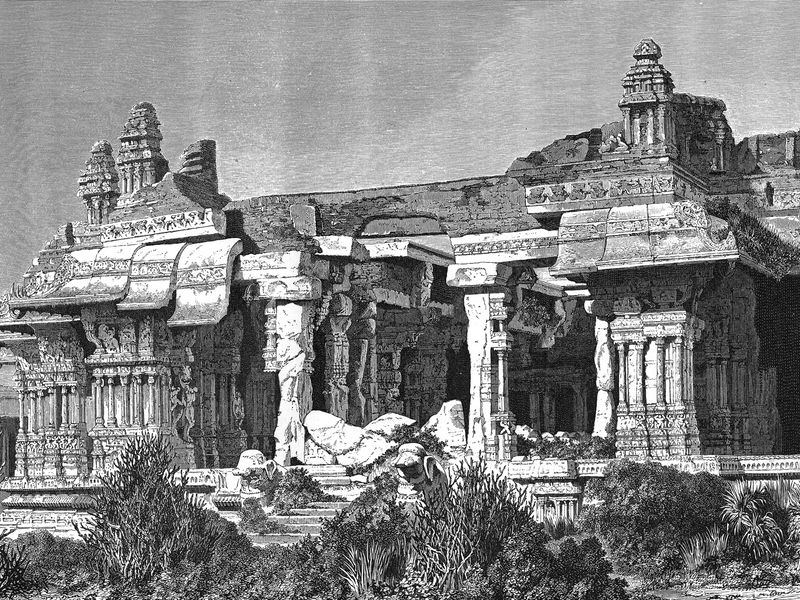Varanasi, after a painting by William Carpenter (1818–1899), from The Illustrated London News 1857.
Cultural tours in India
A gin and tonic is so crucial to the experience of our specially chartered river cruise from Kolkata, formerly Calcutta, that we include a free quota. This is just one of the vivid experiences of the Subcontinent that we offer on our cultural tours of a rich and varied land with unique links to the British Empire.
Meticulously planned, led by a variety of expert lecturers including Dr Peter Webb, and distinguished by exclusive access, the itineraries take in the ancient sites of Hinduism, notably the sacred city of Varanasi, and the art and architecture of the Mughals, of which the Taj Mahal is the finest expression; explore the old kingdoms of the Deccan Plateau, including the extraordinary ruined city of Hampi; and do justice to the British legacy, from the ‘Indian Mutiny’ of 1857 to the Raj architecture of old Calcutta. In the south we enjoy the gastronomy of Kerala and in the north explore the painted palaces of Rajasthan and take the famous ‘toy train’ though Himalayan foothills to Shimla. And we never stint on the sundowner moments.










